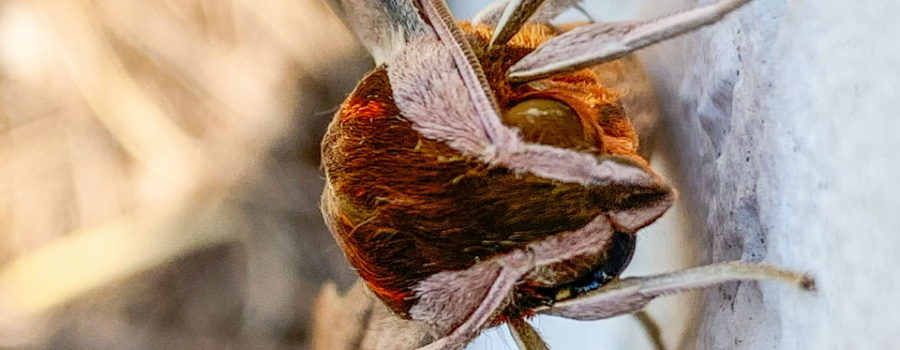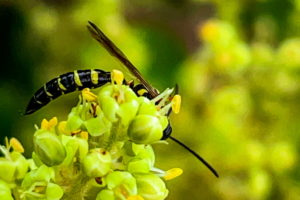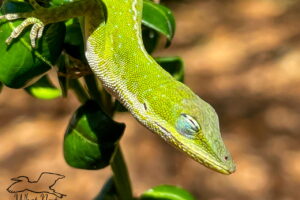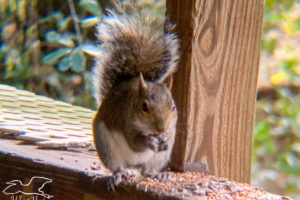Meet the Beautiful and Amazing Tersa Sphinx Moth

As I have stated a couple of times, the whitish walls on our kennels and our office at my work seem to attract moths (and sometimes other insects, too). Another nature photographer that I talk to regularly suggested that these bugs may be seeing our white walls as light at night. This kind of makes sense because everything I have found so far is nocturnal or at least crepuscular. One week a month or so back it was apparently giant moth week. Early in the week I spotted a Polyphemus moth on the kennel wall as I was headed home, and a couple days later, I found a Sphinx moth on the wall of our office. I had seen the Sphinx moth caterpillars before (unfortunately I don’t have any photos, yet. I hope to get some this summer!) and they are quite distinctive. This was my first adult, though.

The Polyphemus moth was kind of battered and rough looking, and it stayed on our kennel wall for about 36 hours, so I suspected that it was nearing the end of it’s lifespan, but the Sphinx moth was in very good shape, and only rested there for a few hours. Sphinx moths are also much longer lived than Polyphemus moths once they reach the adult stage. Florida is home to several types of Sphinx moths, but the one I encountered was a Tersa Sphinx moth. Sphinx moths are known for having thick, hairy bodies with pointed noses and back ends as well as very streamlined front wings that are much larger than the hind wings. Their interesting body shape makes them pretty fast fliers as moths go, and it also gives them the ability to hover like a bat or a hummingbird (some people call them hummingbird moths). Their speed and hovering ability are especially amazing since Sphinx moths tend to be some of the largest moths in the world.

The Tersa Sphinx moth can be found in most of the southern United States east of Texas and Arizona, the West Indies, Mexico and parts of Central and South America. In the summertime they may venture as far north as southern Canada. Down here in the south, we have Sphinx moth activity, including breeding year round, whereas further north breeding season is relatively short. Tersa Sphinx moths are crepuscular moths that like to fly and feed at or around dusk. The adults feed on nectar from late afternoon and evening blooming flowers like four o’clock and honeysuckle. They feed using a long, coiled proboscis which will reach down deep into the flowers. The caterpillars feed on the plants themselves, and can cause damage to gardens if not controlled. Tersa Sphinx caterpillars will feed on a variety of plants, but a favorite are pentas.

Despite their size and their pointed abdomens, all Sphinx moths, including the Tersa Sphinx are non poisonous and don’t bite or sting. The caterpillars have a “horn” at the end of their bodies which looks like a stinger, but they too are nontoxic and unable to bite or sting. Although the caterpillars can sometimes be destructive in a garden setting, adult Tersa Sphinx moths are good pollinators and are considered good for most gardens. So unless the caterpillars are creating serious problems with your pentas, these moths are considered a helpful species, and should be left to their own devices. Do you have some type of Sphinx moth in your area?





Recent Comments